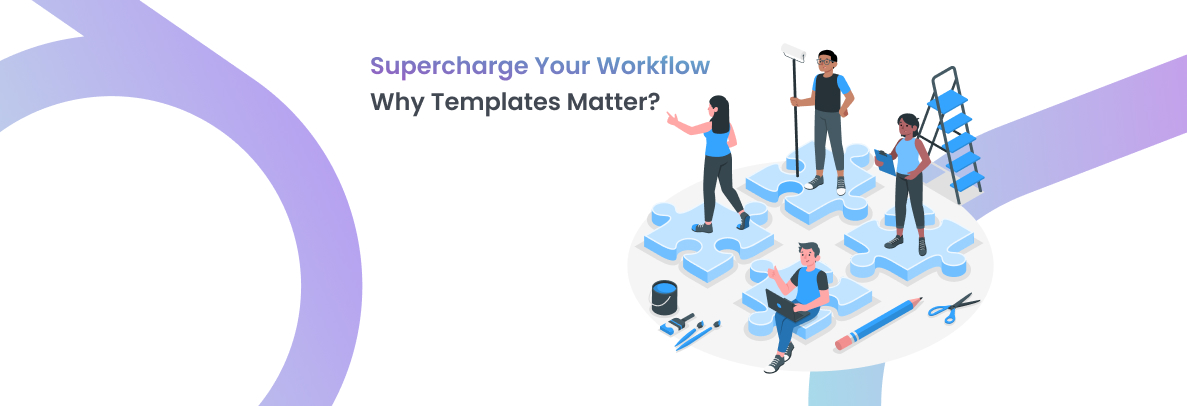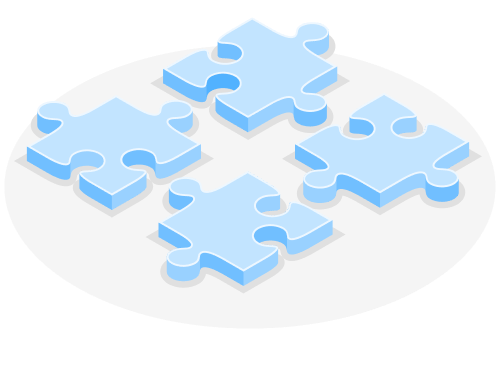Supercharge Your Workflow - Why Templates Matter?
This blog explores how using project templates with built-in timelines, task deadlines, and resourcing by team roles can eliminate admin work, reduce errors, and set your team up for smooth delivery. Learn how Clarc's new features make it effortless to standardise your project setup and boost team performance.

Streamline every project from day one.

Supercharge Your Workflow with Project Templates: Timelines, Task Deadlines & Resourcing Built In
For many professional service teams—consultants, architects, engineers, designers—getting a new project off the ground can often mean spending hours replicating timelines, setting deadlines manually, and figuring out resourcing from scratch. These administrative tasks are time-consuming, prone to errors, and often distract you from what matters most: delivering quality work. That’s why setting up project templates with pre-defined timelines, due dates, and assigned hours by role is not just a smart move—it’s essential for scaling your operations and maintaining clarity across teams.

Why Project Templates Matter?
A good workflow starts with a good setup. When project managers are forced to reinvent the wheel every time they kick off a project, delays, miscommunications, and misaligned expectations are almost guaranteed. But when a project starts with a well-structured template, three critical benefits come into play:
1. Consistency Across Projects Templates help ensure that every project begins with a reliable structure—phases, milestones, and tasks that align with your delivery model. You don’t have to remember every step; the template does it for you.
2. Built-In AccountabilityWhen tasks come with pre-set due dates and hour estimates assigned by role (e.g., 6 hours for a Senior Architect, 3 hours for a Junior), everyone knows what’s expected from day one. It becomes much easier to manage workload and avoid bottlenecks.
3. Fast & Confident PlanningProject timelines often tie directly into client expectations and internal capacity. With a template, you can immediately see the projected length of a job and adjust resourcing if needed—without needing to recalculate from scratch.
What Should a Good Project Template Include?
If you’re just starting to build templates, make sure to think holistically. A strong project template should include:
- Phases and milestones with relative durations
- Task lists under each phase
- Pre-filled deadlines, based on the project start date.
- Team positions or roles, with estimated hours allocated
- Dependencies or sequencing, so the order of work is respected
This level of structure not only saves time, but also sets your team up for better collaboration and accountability.

How Clarc Makes This Easy
We’ve recently introduced a suite of features that makes it incredibly easy to create and roll out project templates with all of the above built-in. On Clarc, you can now:
- Create a template project with tasks, phases, deadlines, and assigned roles
- Define hours per task, by role, to improve forecasting and time tracking
- Set relative deadlines, which auto-adjust when you create a new project
- Assign positions instead of individuals, so any team setup can inherit the template
- Instantly apply the template when creating a new project—timeline, resourcing, and all
This lets you go from project kickoff to actionable timeline in just a few clicks—with team members already knowing what’s expected of them.
Ready to Start?
If you’re new to project templates or haven’t fully adopted this workflow yet, now’s the time. Taking the initial time to set up a strong template library can pay back tenfold in saved hours, better team coordination, and smoother delivery cycles.We’ve covered this topic before in our blog:
👉 Now Build Project Timelines & Resourcing Instantly with Templates
In that post, we walk through how templates help scale project planning and how Clarc’s tools support fast implementation. Be sure to give it a read if you want to dive deeper into use cases and examples.
.png)

Read More



.svg)









